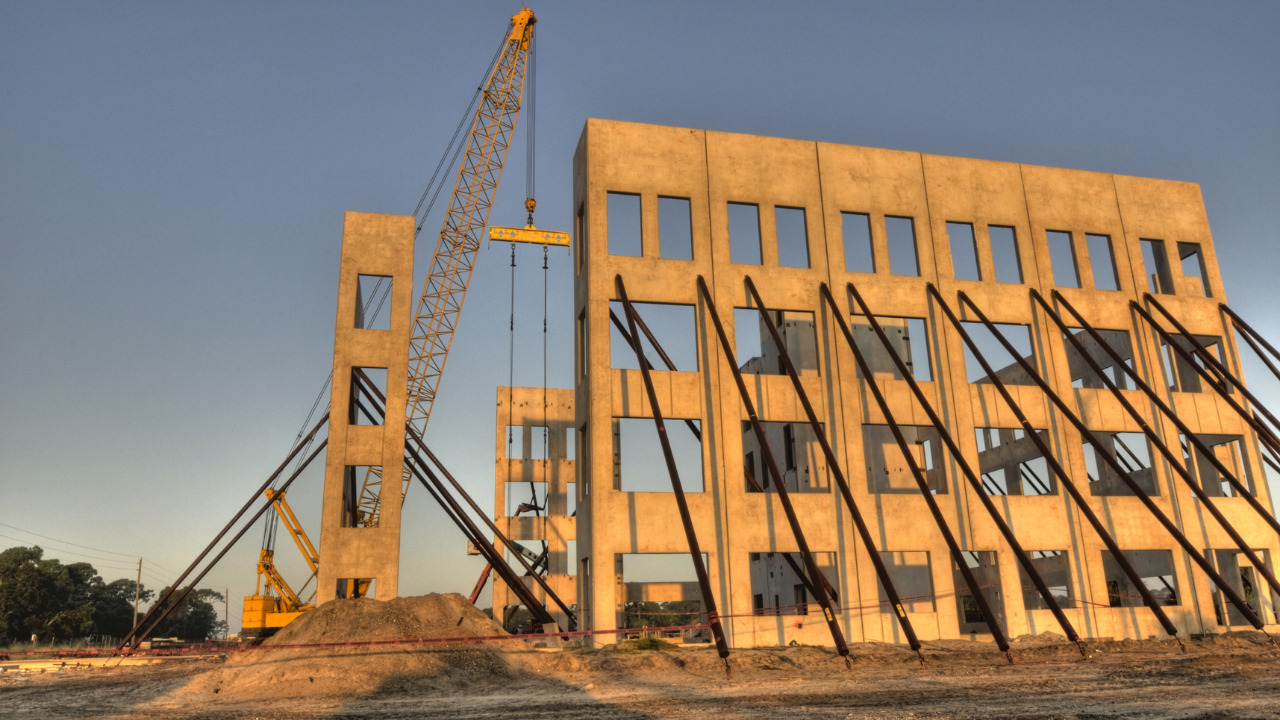An assembled kit with all the parts needed for setup is what is known as a box truss system. When put together, the four-legged arrangement forms a square or rectangular structure. It’s made of a premium aluminum truss and works great for exhibit and display stands.
The locking pin and clip mechanism hold the curved box truss in place as it is assembled, utilizing conical connections. To start, construct your truss’ top part at ground level to form a frame. To raise the system, the legs can then be fastened.
Your necessary visual displays and equipment can be mounted once you’re done. You’ll need a certain size box truss system, depending on your specific needs. Depending on the design of the system and the truss employed, a box truss system’s weight load capacity varies.
Table of Contents
Perform A Real Model Analysis Before Considering A Truss Design
Understanding some of the typical premises frequently used in truss analysis is crucial. However, as opposed to computer-based analysis, these presumptions allude to a more fundamental issue concerning structural analysis approaches in general.
The argument is that before beginning to analyze a truss, you must first build a model to serve as the foundation for your research. The model may be a page-sized line diagram. But it would help if you kept in mind that the model is only a loose approximation of the structure in reality.
It’s a rough representation of the true structure and will nearly never be accurate in every way. Sometimes these model and structural inconsistencies are quite minor; our analysis can be more confidently relied upon in such cases.
On the other hand, if you’re not careful, the simplifying hypotheses that aid our analysis can be so restrictive that the model behavior is not a true depiction of the structure. It’s crucial to comprehend how the accuracy of your model is affected by your underlying assumptions.
Benefits Of Using Curved Box Trusses For Home Roofing
Quite dissimilar in look from the boxy-shaped roofs typical of buildings in previous decades. A curving roof was designed to maximize the loft capacity for hay storage. With round roofs or laminated rafters, several barn-style roofs have been re-roofed.
During the two world wars, most circular roofs were constructed. Popularized were round roofs without supporting side walls. In the twenty-first century, more floor areas and better planned circular roofs were observed.
Appealing Home Look
Any construction with a curved roof has an incredible aesthetic appeal and a modern edge. These roofs are perfect for homeowners who want to give their property a wow factor. Architects have created curved roofs specifically for homes, allowing for customization to fit the area in which it will be built.
Required Low Maintenance
Typically straightforward, curved roofs resemble a typical shed roof in many ways. These roofs are minimal maintenance and wind resistant. Due to their simplicity of construction, developers choose curved roofs.
Height limits are often supported by the curve’s lower height, making it easier to get planning permission. Curved roofs help to cut back on hazardous emissions. Along the roof’s pinnacle, in-plane roof lights demonstrate their affordability and simplicity of installation.
When Shouldn’t You Prefer Roofs With Curved Box Trusses?
The complexity of the design will determine how much the curved roof will cost. The materials used to cover the roof, the curve’s height, the roof’s area, and many other factors must be considered.
You have to hire experts and professional builders for curved roofs. To offer the best comfort and effectiveness, they must be carefully developed. Ensuring that the slope of the curved roof is sufficient to allow snow and water to slide off readily.
Curved roofs are a specialized sort of roof, and only a small number of roofing professionals are qualified to install them. Due to their flexibility and ability to be tailored to the customer’s needs, architectural metal shingles are less expensive.
Because the planes of a curved roof are curved, they resemble shed roofs very much. Different roof curves are possible. The height of the side walls supporting the roof can also change from a brief extension to a full sidewall.
A doorway is frequently found at the roof’s eave. A professional with experience installing curved roofs is required, and qualified architects must carefully install designed shingles. The price of a curved roof rises in direct proportion to the complexity of the design.
However, while estimating, height, curvature, and the materials used to cover the roof are typically considered.
Conclusion
Curved roofing is made of extremely durable wood. Curved roof shingles can be made of several types of wood. In addition to being affordable and aesthetically pleasing, cedar is a common wood used for curving roofs because, when properly cared for, it can endure a very long time.
Due to its long-term endurance, teak wood is a superior option for curving roofs. It is a lifetime roofing product that provides excellent resistance to moisture and decay. Due to its low shrinkage ratio, it is perfect for usage in places where the temperature fluctuates.





